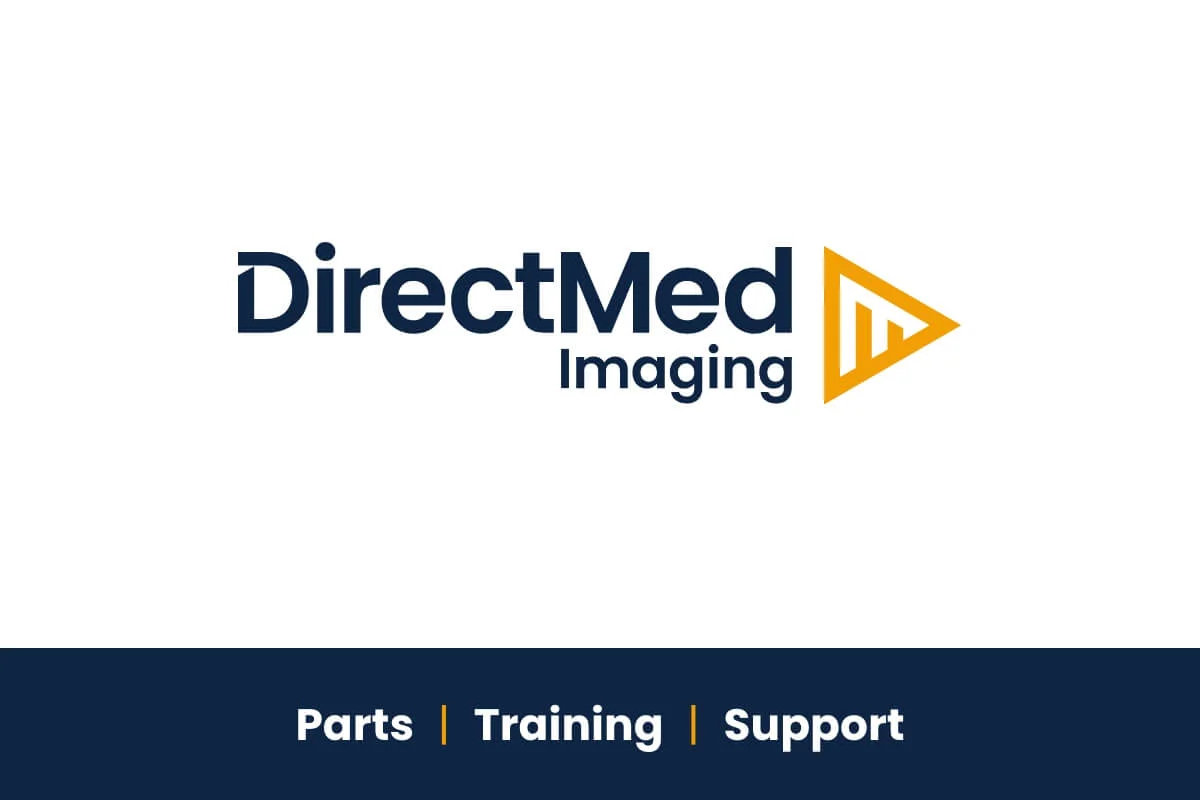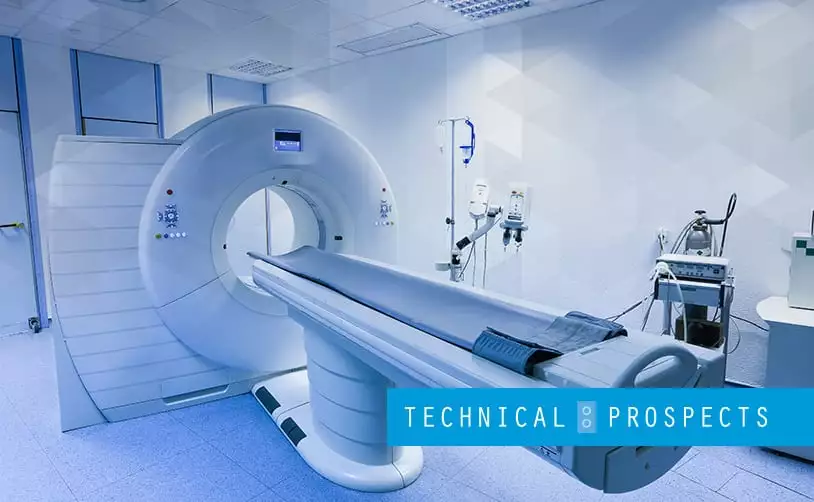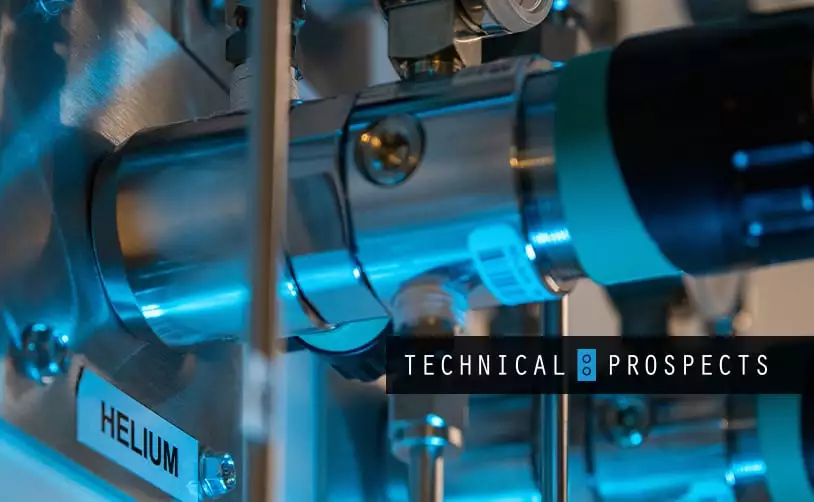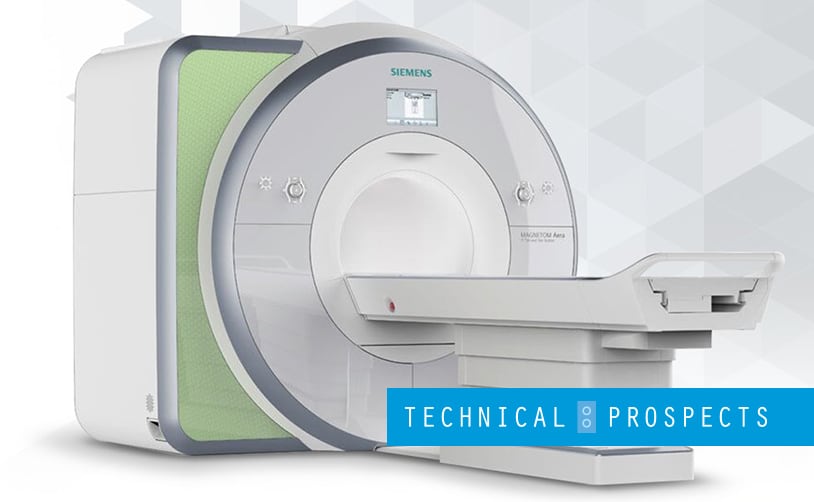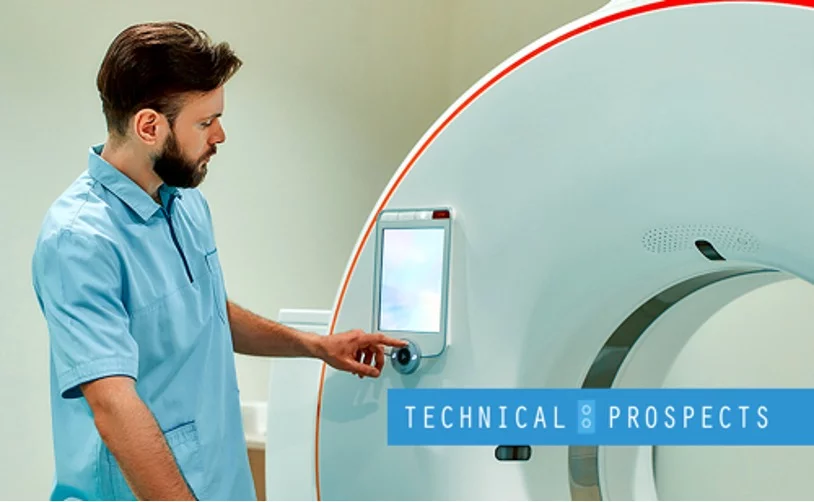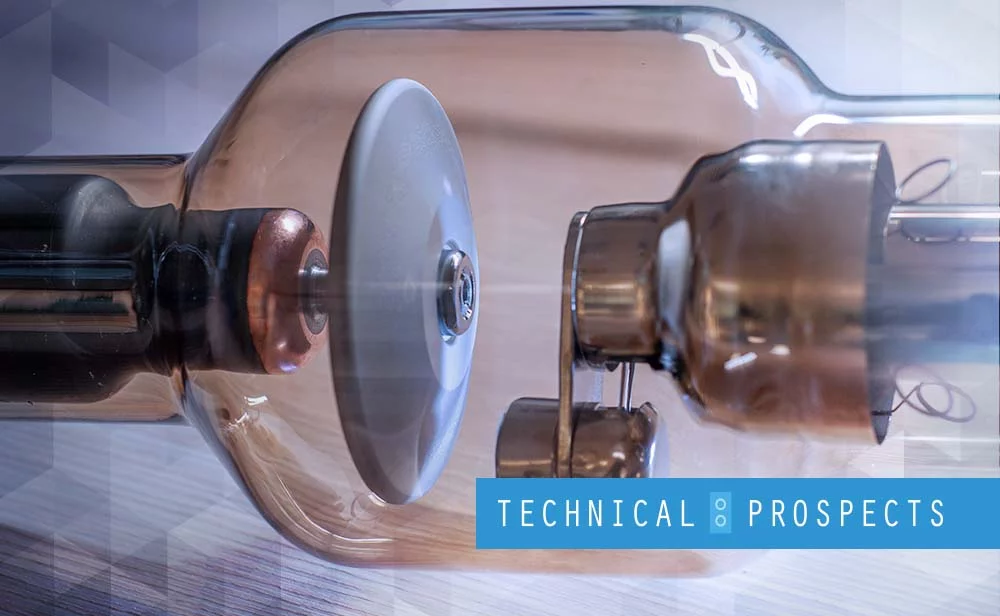Although ultra-high-field MRI systems are relatively new to the medical industry, they’ve proven their utility in research and diagnosis. Most medical facilities have MRI systems that produce magnetic fields from 0.3T to 3T, which perform well for their intended uses. However, medical professionals have needed more precise images of their patients’ internal organs and tissue to understand the reason behind their perplexing symptoms.
Thanks to the ultra-high-field MRI system’s magnetic strength of 7T, it can fulfill this need. It produces incredibly detailed anatomical images that provide much more clarity than the usual 1.5 MRI system. Thanks to these advancements, doctors can now make more accurate diagnoses in patients with complex neurological and musculoskeletal illnesses, such as Alzheimer’s disease, brain tumors, epilepsy, traumatic brain injuries, and many more.
The Information Ultra-High-Field MRI Can Provide
High-powered MRIs can offer much more insight and precise information than their lower-powered counterparts. For instance, the previously mentioned conditions are remarkably challenging to identify with 1.5T MRI systems. However, with a 7T MRI system, doctors can inspect images to diagnose multiple sclerosis. The system allows them to carry out a virtual biopsy by imaging cortical lesions and central veins in white matter lesions, evident in multiple sclerosis. With these capabilities, medical professionals can understand various sclerosis on a deeper level and treat its progressive forms, which are currently few.
Ultra-high-field MRI systems can also provide more information about conditions in their early stages than lesser strength MRI systems. Since it can capture non-invasive yet exact pictures of a patient, doctors and surgeons can identify the source of pain a patient is experiencing. For example, if a patient complains about knee pain, the 7T MRI system can offer a closer and more in-depth look into the trabecular bone, the tendon, soft tissue, and other areas to determine the cause of the pain. Thanks to its incredible power, doctors can now capture photos in a resolution that wasn’t possible with lower-strength MRI systems.
Concerns About Ultra-High-Field MRI
Although the clinical and research benefits of an ultra-high-field MRI are endless, it comes with a few concerns that your medical facility must consider, notably it’s high cost. It’s also at least twice as expensive as it produces twice the power of a high-field 3T MRI system. A 7T MRI system costs anywhere between $7 million and $10 million, making it a significant investment. While a 7T MRI system can transform how your facility’s medical professionals treat its patients, the cost alone may make purchasing it out of the question. You may also need additional MRI parts down the line if something malfunctions, which is another cost to consider.
Another concern some people have about the system is the specific absorption rate (SAR), which is when the patient absorbs the energy when they’re subjected to a radiofrequency electromagnetic field. Given the higher power of a 7T MRI system, the SAR is much higher. Fortunately, the Food and Drug Administration has set SAR limits to guarantee patients’ safety when undergoing an ultra-high-powered scan.
Does Your Medical Facility Need an Ultra-High-Field MRI?
Given the sheer power of an ultra-high-field MRI, it has understandably been the source of excitement and enthusiasm among medical professionals. While not all hospitals may need the system, depending on their needs, or have the budget for it, the 7T MRI system holds many remarkable possibilities for the medical field.
Now, if you’ve been considering an ultra-high-field MRI system for your medical facility, it’s essential to know that it is a significant investment to make, considering its high cost. If your budget is high enough to accommodate its purchase, determine if your patients can benefit from the system in the long run. As it is ideal for treating patients with neurological illnesses or musculoskeletal conditions, you’ll want to make sure your clients fit the bill. Otherwise, your current MRI systems are more than enough for providing the diagnostic imaging your facility needs.
Conclusion
Ultra-high-field MRI is a much-welcome innovation in the medical and research field, as it enables doctors to make more precise diagnoses of complicated illnesses. However, its tremendous power comes with a whopping price tag, so you’ll need to consider it carefully before purchasing it.
DirectMed Parts is the leading supplier of medical imaging parts and services, such as MRI and CT parts and coils. As we are the most trusted and knowledgeable industry source, we take pride in our line of fully-tested products, ready for installation. Contact us today to find the MRI parts compatible with your system!
